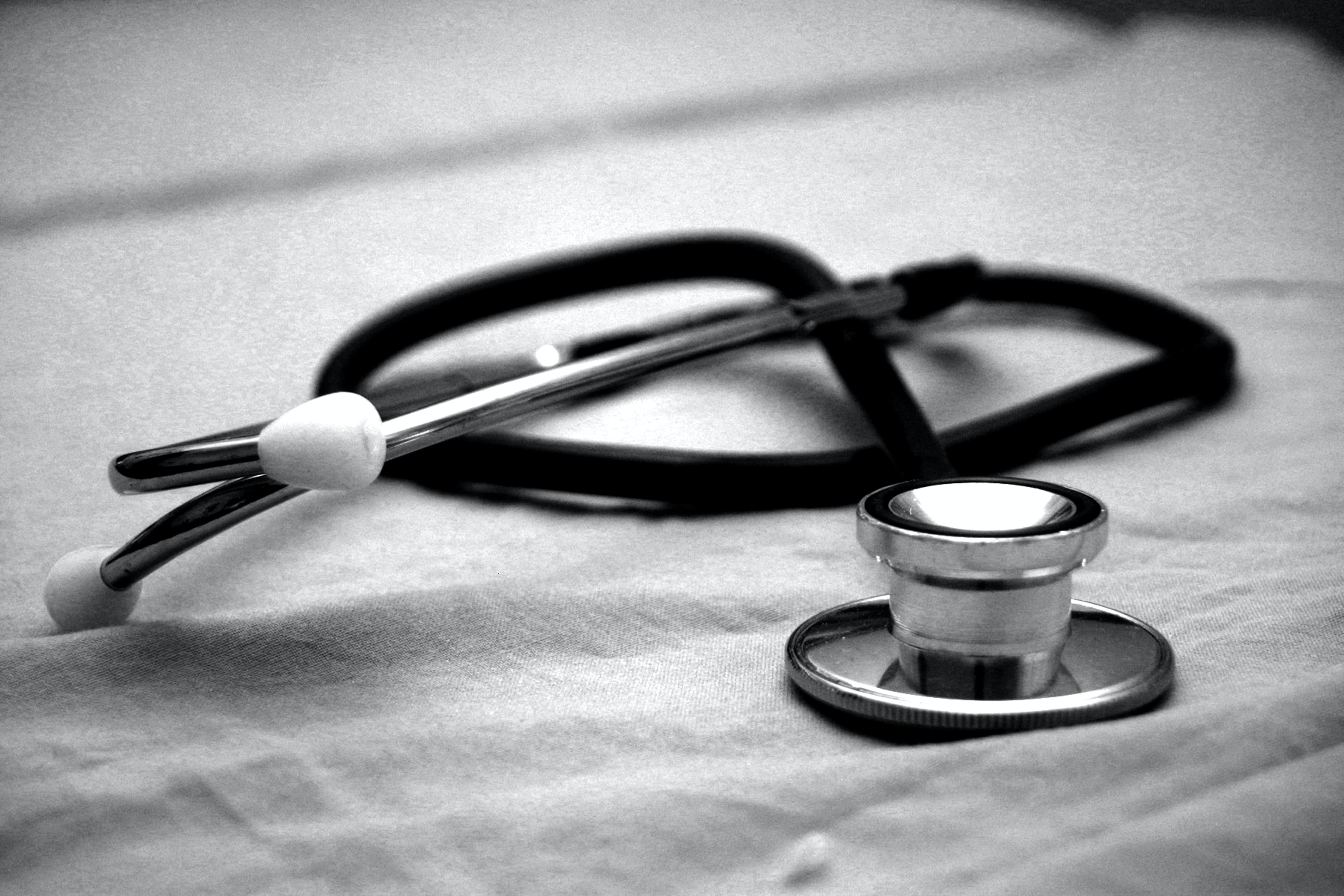Social media has recently been all the rage. It isn’t only for sharing pictures, moments, videos, etc. People share a lot of data on social media. Businesses, organizations, and others collect and analyze this data to understand upcoming trends. The data also tells us what people like, dislike, and want from a particular industry. The healthcare sector has been no different. In recent years, healthcare professionals have wondered how the face of medicine would change in the future. Reports show that digitalization had a great impact on the healthcare sector. And with digitalization gaining momentum, social listening to healthcare trends becomes essential.
How did Healthcare and Medicine change with the Pandemic?
The rapid spread of the COVID-19 pandemic forced people to limit social contact. This included visits to the doctor as well. But illnesses and diseases don’t take a break. The situation became critical when major healthcare systems took a hit due to COVID-19. People had to resort to doctor consultations online. But, when that wasn’t possible, people took to social media to get help.
They discussed symptoms, medicines, and self-care plans online. Social media platforms like Facebook, Twitter, Reddit, YouTube, etc. led the way. Healthcare portals like WebMD, Healthline, forums, and chat rooms like patient.info, HealthUnlocked, followed.
With time, healthcare professionals started using social media. It helped them connect with patients across the world and allowed them to diagnose and treat ailments and offer advice online. With this, telemedicine, which was already an emerging trend, became the main option for many. Within a few months of the pandemic, telemedicine is holding promise to become the possible future of medicine.
Social Listening to Healthcare Trends Can Help
One cannot deny that social media has become the new source for data collection, monitoring, and analysis. The entire concept of telemedicine brings healthcare to the online realm. With social listening, it is possible to understand what people are talking about. One can find out what they want from the healthcare sector and what should change. This information can help to create strategies for better service.
Health-Related Queries
First, the focus should be on people seeking medical information online. Data shows that Google receives more than a billion health-related queries every day. Healthcare brands should try and tap into that resource. This will help them reach out to more people easily.
Connect with Consumers on Social Media
Sharing health information on social media sites and platforms must be the focus, next. People talk about their health concerns online. There are Facebook groups of mothers and health experts talking about their own or their child’s health. Analyzing data coming from social media discussion forums can help us gain deep insights. It gives us information about patient experience, symptoms, the efficacy of treatment plans, and more. This data helps understand user sentiment, customer pain points, and more.
Customer Interaction
Healthcare brands should also focus on customer interaction and engagement. But, until recently no one took this seriously. Most healthcare brands have poor records when it comes to responses on social media. Even when they do respond, the timing or quality of their response is so poor that it creates negative sentiments. This causes disengagement and may result in a switch away from the brand.
Brands can use social listening to analyze and understand any underlying negative sentiment. Listening to and analyzing customer reviews and feedback about your brand is the primary way to gain intelligence. Brands must take care before these negative sentiments blow out of proportion and turn into a crisis. Especially, with the changing scenario, the healthcare industry should also be more adaptable. Social Listening to Healthcare Trends is an effective way to ‘listen’ to what users have to say. This will help improve their brand message and help them to interact with prospects to convert them into leads.

